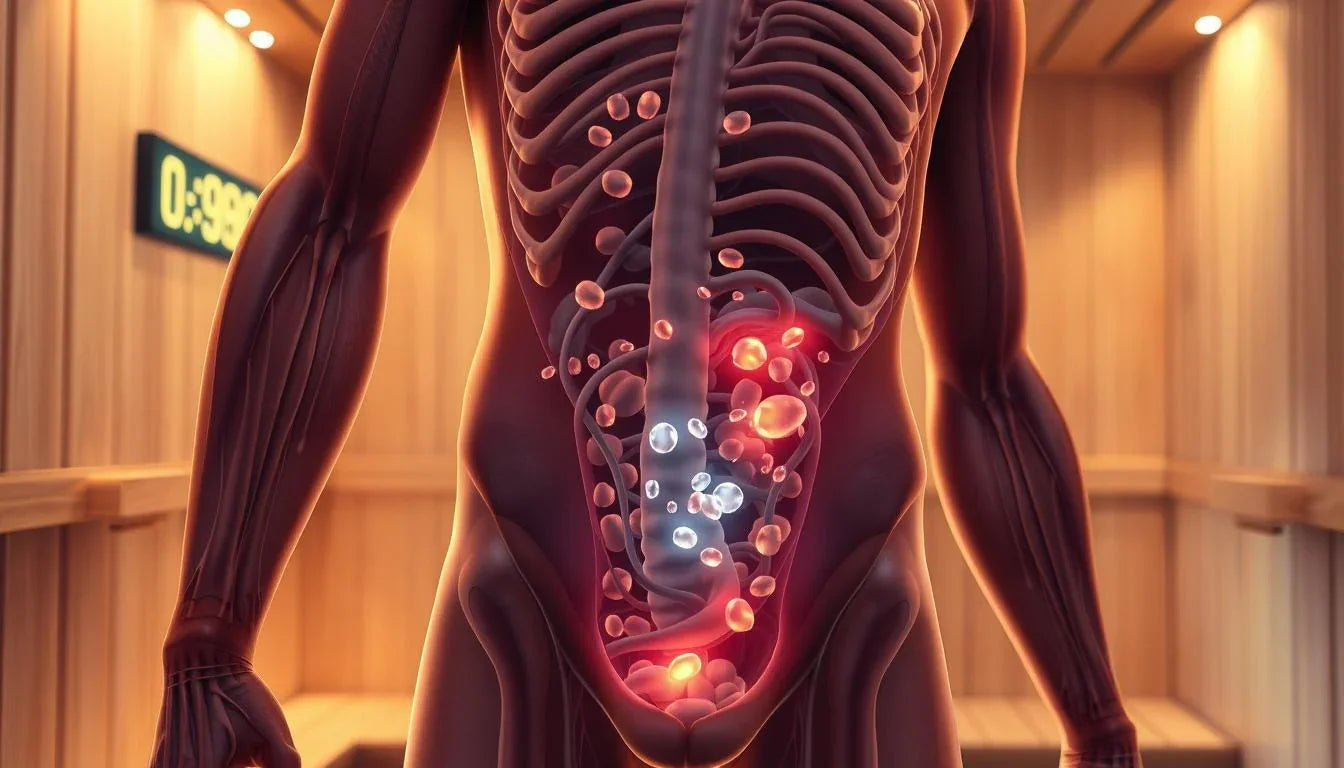
Do Sauna Burn Calories? What You Need to Know

Many people visit a sauna for relaxation and to feel refreshed. Typical temperatures range from 150–195°F (65.6–90.6°C), and most sessions last 15–30 minutes. Finnish-style rooms are dry, while Turkish steam rooms run at near 100% humidity.
Heat raises heart rate and boosts circulation, which can raise energy use slightly. A 2019 study of four 10-minute bouts found average energy use climbed from 73 to 134 in later rounds among young, sedentary men. Still, any quick drop on the scale is mainly water; weight returns after rehydration.
Safety matters. Regular use links to cardiovascular benefits for many people, but those with heart rhythm problems or recent heart attack should seek medical advice. Hydration is essential: Harvard Medical School notes about a pint of fluid can be lost in a short session.
Key Takeaways
- Short visits raise heart rate and cause sweating, producing small, temporary weight changes.
- Transient loss is mostly water; long-term fat loss requires sustained lifestyle change.
- Evidence shows modest extra energy use varies with body size and heat exposure.
- Hydrate before and after—about a pint can be lost quickly in one visit.
- People with heart conditions should consult a clinician before use.
- Saunas offer relaxation and possible cardiovascular benefits beyond energy effects.
Saunas at a Glance: What They Are, How They Work, and Why They’re Trending
Heat-based therapy is now common in gyms, spas, and many homes across the U.S. People choose these rooms for relaxation, recovery, and simple health perks.
https://www.youtube.com/watch?v=4w30JB-17UE
Typical temperatures, humidity, and session length
Traditional Finnish dry rooms run roughly 150–212°F and use wood or electric heaters. Steam rooms operate at lower air temperatures but 100% humidity, so the air feels much hotter.
Infrared saunas warm the body directly and usually sit around 110–140°F, which many users find more tolerable. Typical stays last 15–30 minutes per session.
Traditional Finnish vs steam rooms vs infrared: the basics
All types prompt similar core responses: vasodilation, faster heart rate, and sweating. Humidity and temperature shape how intense a session feels and how much water a person sheds.
- Finnish/dry: high temperature, low humidity; classic experience.
- Steam: lower temp, saturated humidity; air feels hotter.
- Infrared: lower ambient temp, direct tissue warming; often easier to tolerate.
| Type | Temp Range | Humidity | Common effects |
|---|---|---|---|
| Finnish dry | 150–212°F | Low | High perceived heat, heavy sweat, increased circulation |
| Steam (Turkish) | ~110–120°F | 100% | Dense hot air, strong perspiration, moist skin feeling |
| Infrared sauna | 110–140°F | Low | Deep tissue warmth, comfortable air temp, robust sweating |
Practical note: Time, fitness level, and acclimation change how a session feels and how the body responds. Hydration and recovery matter because short sessions can cause measurable water loss and quick weight shifts.
Do Sauna Burn Calories? The Straight Answer
Sitting in intense heat raises heart rate and nudges energy use above quiet rest. In plain terms: yes, a heated session can increase calorie burn compared with sitting still, but the effect is modest compared with deliberate exercise.

Calorie burn vs sitting at rest: what studies suggest
A 2019 study that used four 10-minute bouts separated by breaks found about 73 calories in the first bout and roughly 134 in the last among young, sedentary, overweight men. That pattern suggests energy use can rise with cumulative heat exposure and with larger body mass.
Why the scale drops fast—and why it rebounds
The quick fall on the scale is almost always sweat-driven. Water weight falls rapidly during a session and returns after rehydration, so short-term loss is not fat loss.
- Online calculators often overstate many calories burn; actual values depend on temperature, study design, and participant traits.
- Rate of energy use varies with heat load, rest intervals, and acclimation—two people in the same room may not match.
- A single session adds a small margin to daily energy expenditure and should complement, not replace, regular exercise and nutrition.
Heat, Heart Rate, and Energy Expenditure: What’s Happening in Your Body
Steady exposure to high temperatures triggers a chain of responses that protect core temperature and affect how the body uses energy.
Thermoregulation and increased heart rate
As core temperature rises, blood vessels near the skin dilate. This vasodilation moves warm blood outward and raises heart rate.
The faster circulation helps shed heat and creates a mild cardiovascular effect similar to light exercise. That effect contributes small, real changes in overall energy use.
Water weight, sweat, and temporary “loss”
Sweat pulls fluid from the body to the skin surface to evaporate. This reduces perceived weight quickly.
Harvard Medical School estimates about a pint of fluid can be lost in a short session. That water weight returns after rehydration.
How body mass and heat tolerance influence results
Larger body size and greater mass usually raise the work needed to cool down, so energy use can be higher for bigger people. The 2019 dataset supports this link between body mass and higher expenditure in heat.
Repeated sessions reduce perceived strain as tolerance builds. Controlled heat stress can be beneficial, but monitor for dizziness or nausea and replace fluids to avoid unsafe loss.
Types of Saunas and Calorie Burn Potential
Not all hot rooms are the same; their design shapes comfort, sweat, and modest calorie effects.
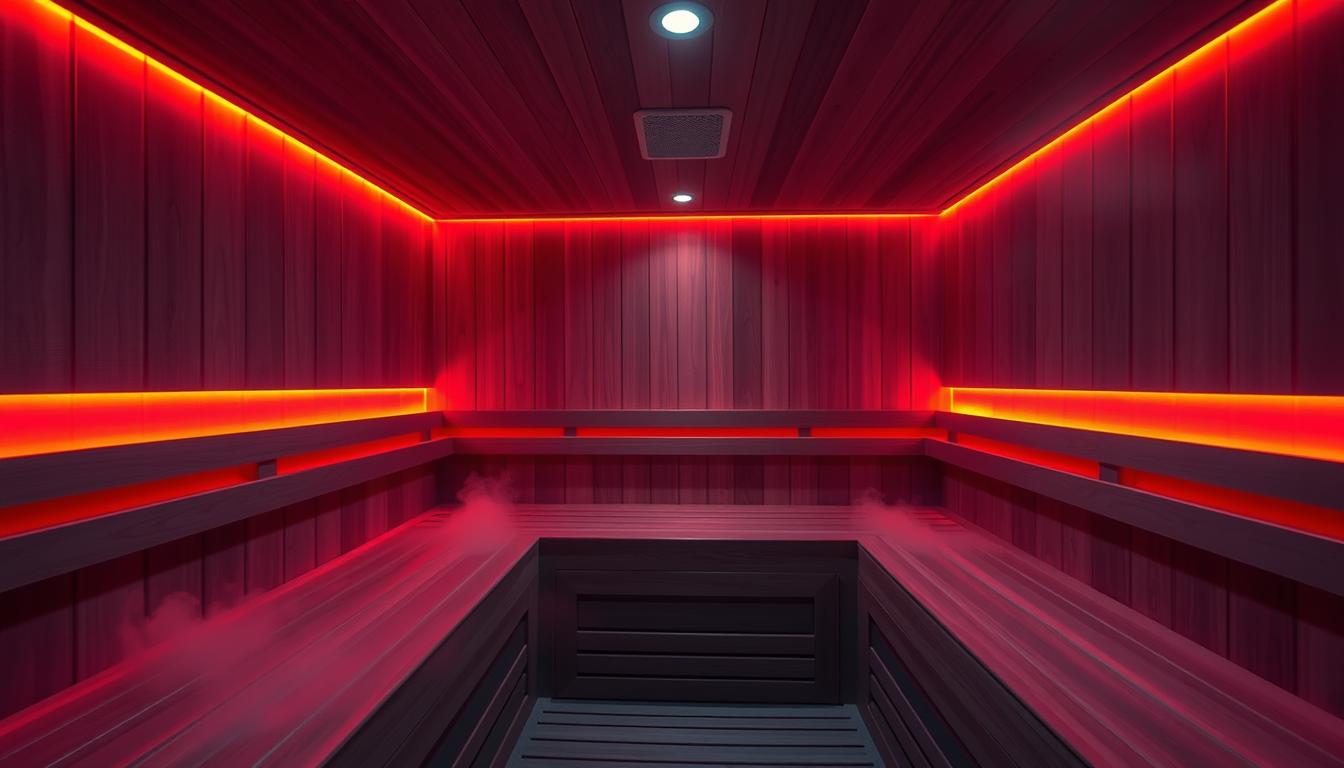
Finnish (dry heat)
Traditional Finnish rooms run about 150–212°F with low humidity. High air temperatures prompt quick sweat but often limit how long people stay.
Implication: Short, intense rounds raise heart rate and produce rapid water loss, so weight drops are usually fluid-related rather than fat loss.
Steam rooms
Steam setups sit at lower air temperatures but at 100% humidity. The saturated air feels hotter and promotes heavy perspiration.
Implication: Users may sweat a lot at lower temperature, which affects weight and perceived exertion during a session.
Infrared saunas
Infrared saunas use radiant energy to warm tissues directly at roughly 110–140°F. Many find these rooms easier to tolerate for longer periods.
Implication: Longer, steady sessions can increase total sweat and modest energy use without extreme air temperatures.
- Studies (2019 protocol) found about 73–134 calories per 10-minute bout across repeated rounds; results vary with body mass and session structure.
- Marketing claims of many calories often overstate effects; real values depend on temperature, duration, breaks, and individual factors.
- Choose the type that matches comfort and access—consistency and recovery matter more than small differences in energy impact.
How Many Calories Can a Sauna Session Really Burn?
Measured energy use during heated sessions varies widely across studies and individual traits. Readers should expect modest, variable effects rather than dramatic results.

What controlled trials report
A notable study used an hour protocol made of four 10-minute exposures with breaks. Average energy rose from about 73 to 134 per 10-minute bout among young, sedentary, overweight men. That pattern shows cumulative heat stress and body size affect the per-minute rate.
Session variables that change outcomes
Minutes in the room, peak temperature, and the number and length of breaks all shift total energy use. Fitness and heat tolerance also matter: larger people often show higher energy output because cooling requires more work.
Interpreting calculators and estimates
Online tools often use MET values or heart-rate mappings. These give useful ballpark figures but cannot precisely predict your personal session. A 15–30 minute visit will usually add a modest energy amount. Track minutes, temperature, and perceived effort to build a consistent routine instead of chasing a single many calories number.
Saunas and Weight Loss: Water Weight vs Fat Loss
Short-term weight shifts after a hot session usually reflect fluid loss rather than true fat reduction. Scale changes often reflect water weight and rehydration patterns, not permanent body composition shifts.

Short-term results: sweat-driven changes
After a typical visit, most of the lower number comes from lost fluid. Replacing fluids restores most of that weight within hours. Even estimates that suggest about 219 calories for a 30-minute session would require many repeats to equal a pound of fat.
Long-term perspective: where saunas fit alongside diet and exercise
Using a sauna can support recovery, mood, and adherence to a healthy plan. It is not an efficient primary strategy to lose weight.
- Short-term: weight drops are sweat-driven; not fat loss.
- Long-term: combine heat exposure with nutrition, exercise, sleep, and stress control.
- Evidence note: a small industry-linked study reported body-fat percentage changes with frequent infrared sauna use, but larger trials are needed.
Track meaningful results beyond the scale—hydration, sleep, soreness, and energy. Consistency with manageable sessions gives wellness benefits without overstating metabolic effects.
Health Benefits and Safe Use: Beyond Calorie Burn
Time in a heated room can influence blood flow, sleep quality, and muscle recovery. Many reported health benefits come from improved circulation and relaxation rather than large metabolic shifts.
Heart health, circulation, and blood pressure considerations
High heat opens blood vessels and often lowers blood pressure through vasodilation. Observational studies link regular use with better heart outcomes for some populations.
Medical caution: people with arrhythmias, recent heart attack, or those on heart medications should consult a clinician. Avoid abrupt hot‑to‑cold contrasts if you have uncontrolled hypertension.
Mental health, sleep, and muscle recovery
Many users report reduced stress, improved sleep onset, and better sleep depth after sessions. Heat can ease stiffness and help muscle recovery when paired with proper post‑exercise rest.
Hydration, time limits, and who should avoid sessions
Dehydration is a central risk; a short visit can remove about a pint of fluid. Drink water before, during (if allowed), and after. Exit if dizzy or nauseated.
- Start with short minutes and build gradually.
- Avoid use if pregnant, very young, recently intoxicated, or living with MS, seizure disorders, or serious heart conditions.
- Use complements exercise and recovery routines—saunas help when used consistently, not as a replacement for training or nutrition.
Conclusion
Heat exposure often supports relaxation and offers modest metabolic effects alongside other benefits.
Short, 15–30 minute sauna sessions at typical temperatures (Finnish 150–195°F or infrared 110–140°F) can raise heart rate and energy use slightly. A 2019 study using four 10‑minute bouts showed per‑bout rise from about 73 to 134 calories, influenced by body mass and session structure.
Immediate weight change mainly reflects sweat and lost fluid — roughly a pint can go quickly — not lasting weight loss. Treat each session as a supportive practice for recovery, circulation, and sleep rather than a primary way to lose weight.
Practical advice: pair heat with exercise and good nutrition, watch your perceived effort, hydrate, and consult a clinician if you have heart concerns.
FAQ
Do sauna sessions actually increase calorie expenditure compared with resting?
Short-term research shows a modest rise in energy use when exposed to high heat compared with sitting at room temperature. Increased heart rate and thermoregulatory effort raise metabolic rate slightly, but the effect is much smaller than the calorie burn from moderate exercise.
Why does body weight drop quickly after a session?
Rapid weight loss after heat exposure is mostly water loss from sweating. Fluid leaves the body fast, so scale weight falls quickly and returns with rehydration. This change is not the same as losing body fat.
How does heat affect heart rate and overall energy use?
Heat triggers thermoregulation: blood vessels dilate and heart rate climbs to move heat to the skin. That raises energy expenditure slightly, similar to low-intensity activity, but the cardiovascular strain can be significant for some people, so monitor duration and symptoms.
Do different types of saunas lead to different metabolic responses?
Yes. Dry, high-temperature dry-heat sessions (Finnish style) often create higher sweat rates and cardiovascular load than lower-temperature infrared or humid steam rooms, which can alter perceived effort and small differences in energy use.
How many calories might someone burn in a typical session?
Estimates vary widely by temperature, duration, fitness, and body mass. Short 10–20 minute bouts produce only modest increases. Hour-long protocols show larger totals but still generally fall far below the energy cost of an hour of moderate exercise.
Can regular use support long-term weight loss?
Regular heat exposure can aid recovery, relaxation, and circulation, but it should not replace exercise and dietary strategies for fat loss. Any weight benefit from sweating is temporary unless combined with sustained lifestyle changes.
Are infrared units more effective for metabolic boost than traditional systems?
Infrared panels heat tissues more directly at lower ambient temperatures, which some users find more tolerable. Metabolic differences are small and evidence does not show a reliable, large advantage for infrared in promoting fat loss.
How do factors like body mass and fitness level change the effect?
Larger body mass and lower heat tolerance generally increase cardiovascular response and sweat rate, which can raise short-term energy use. Fitter people often tolerate heat better and may show a blunted heart-rate response compared with less fit individuals.
Are there safety guidelines for session length and hydration?
Yes. Limit stays to recommended times (often 10–20 minutes per continuous session for many people), drink fluids before and after, and avoid alcohol. People with cardiovascular conditions, pregnant people, and those on certain medications should consult a clinician first.
Do studies support claims that heat sessions substitute for exercise?
No. Heat exposure can mimic some cardiovascular effects of light activity, but it does not replace the muscular, metabolic, and bone-health benefits of physical exercise. Use heat as a complement to, not a substitute for, regular training and nutrition.
Will frequent sessions improve sleep, mood, or recovery?
Many people report better relaxation, improved sleep, and faster perceived muscle recovery after heat therapy. Research supports benefits for mood and recovery when used safely and in combination with proper rest and hydration.
How should someone interpret online calorie estimates for a session?
Treat online calculators as rough approximations. They often simplify complex variables and can overestimate energy use. Real-world results depend on temperature, session structure, and individual physiology.
Who should avoid prolonged heat exposure?
People with unstable heart disease, severe hypertension, recent heart attack, certain implanted medical devices, or those who are pregnant should avoid or consult a healthcare provider before using high-heat therapy. Children and older adults need special caution and shorter sessions.

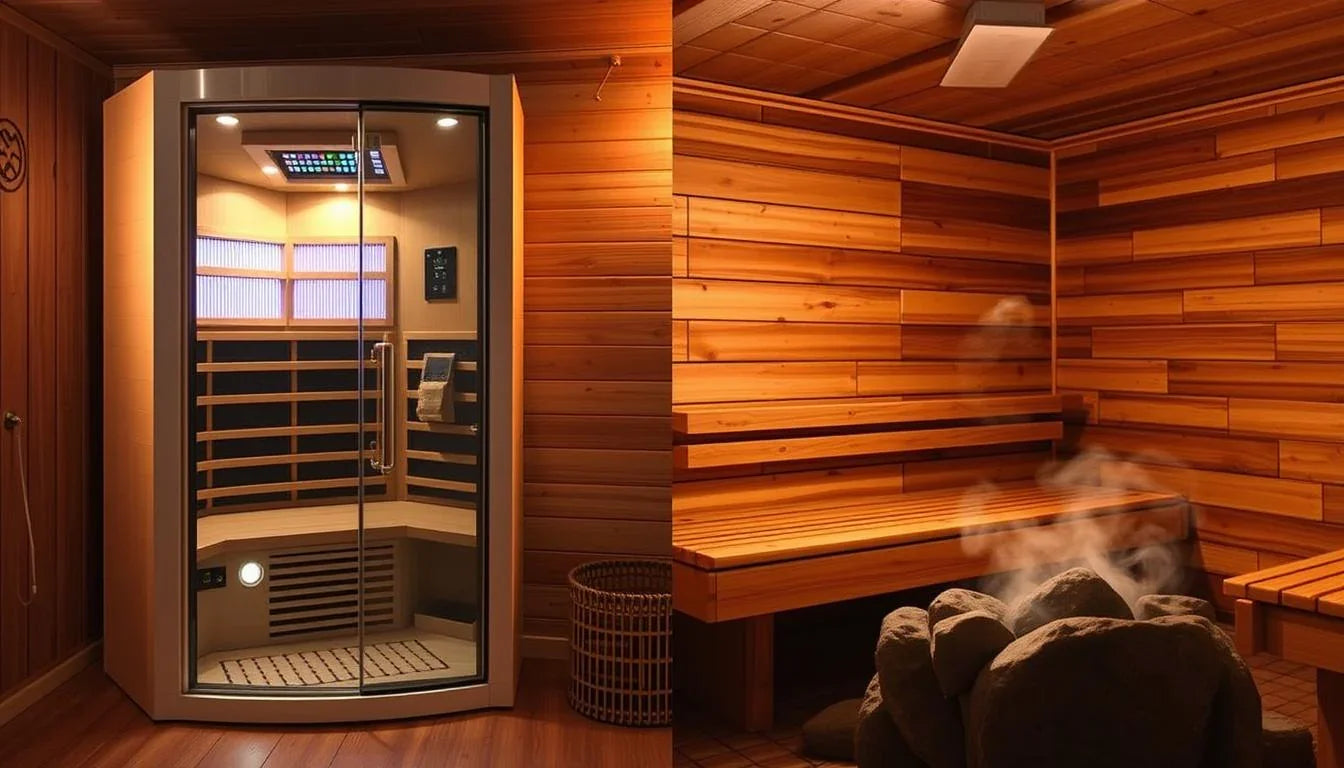
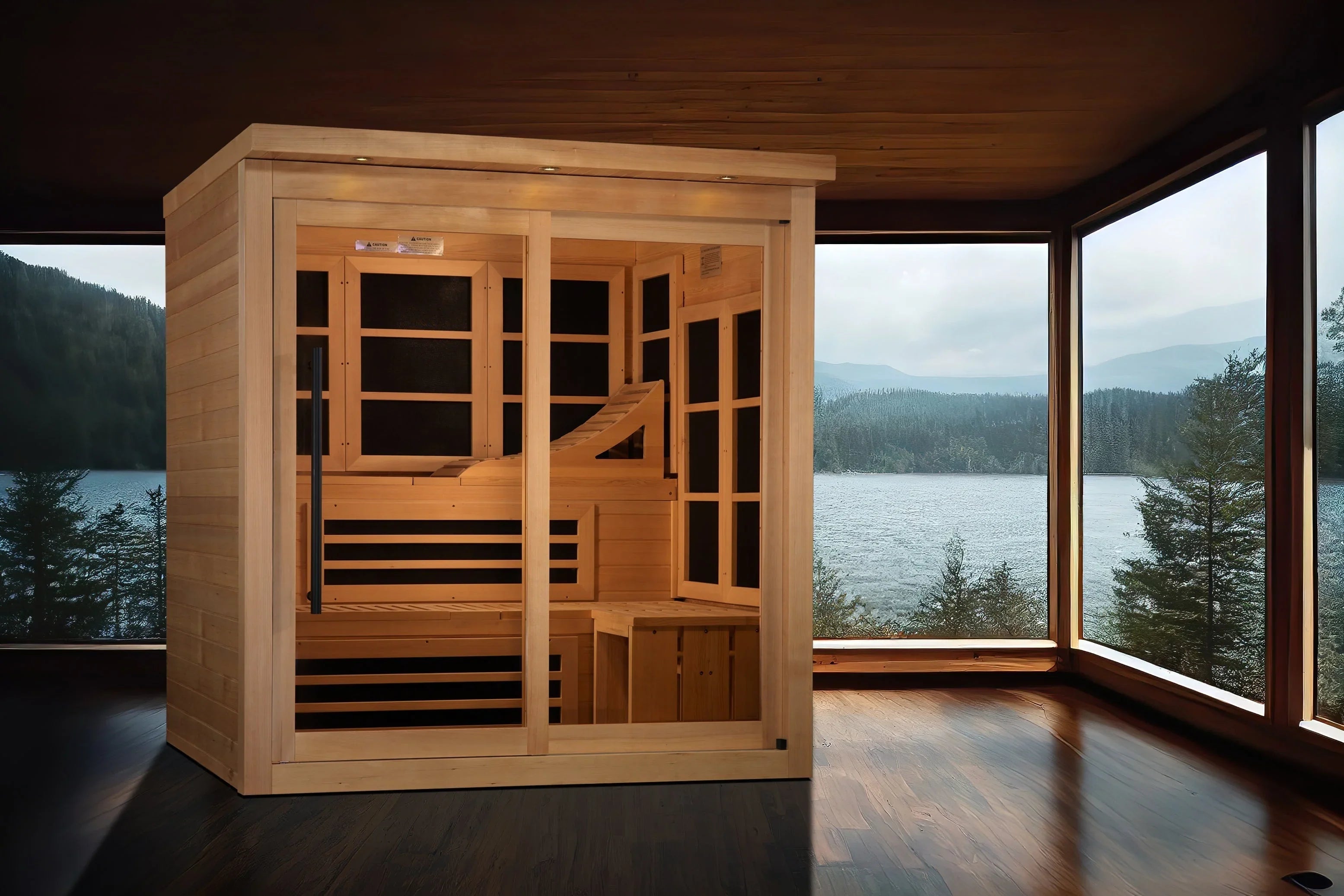
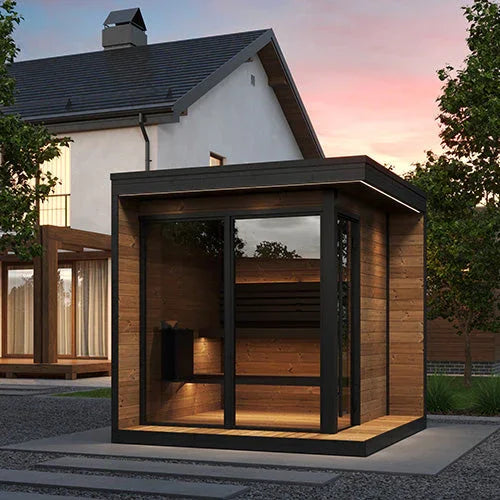
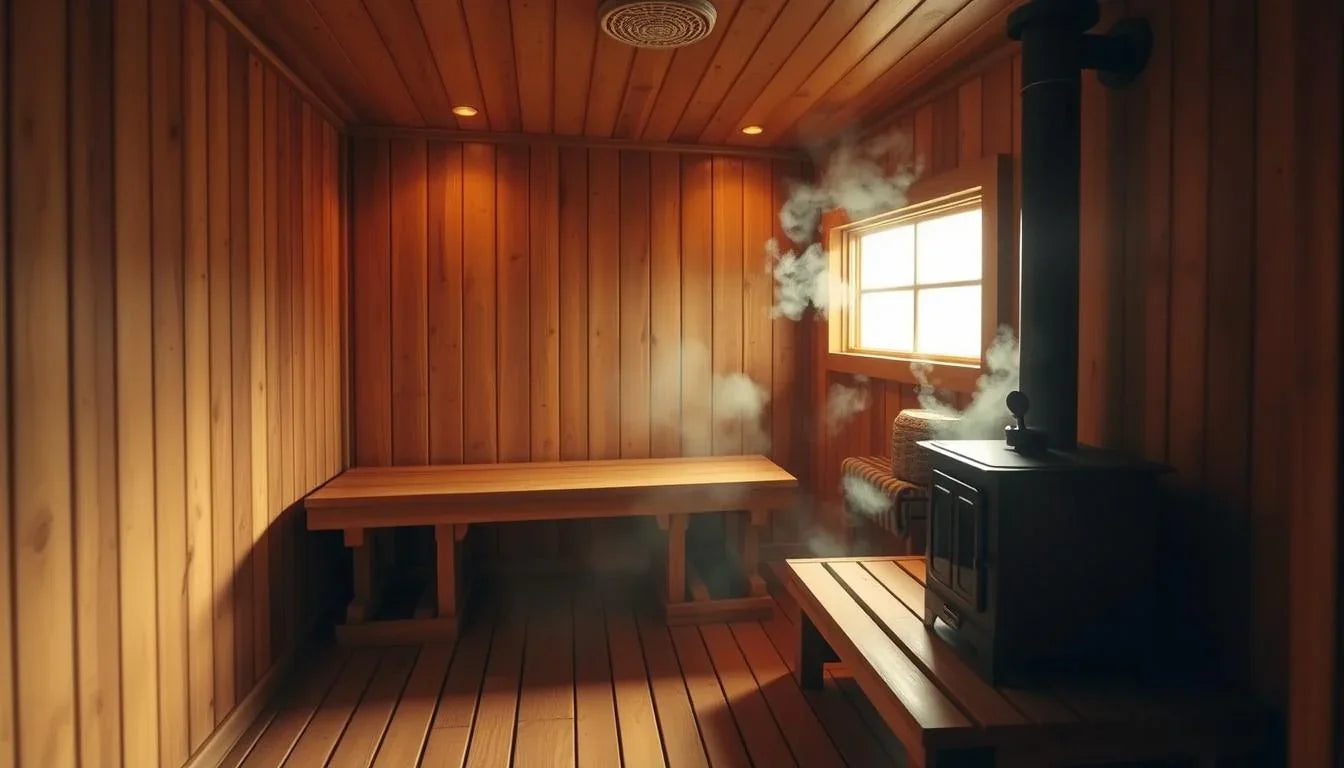

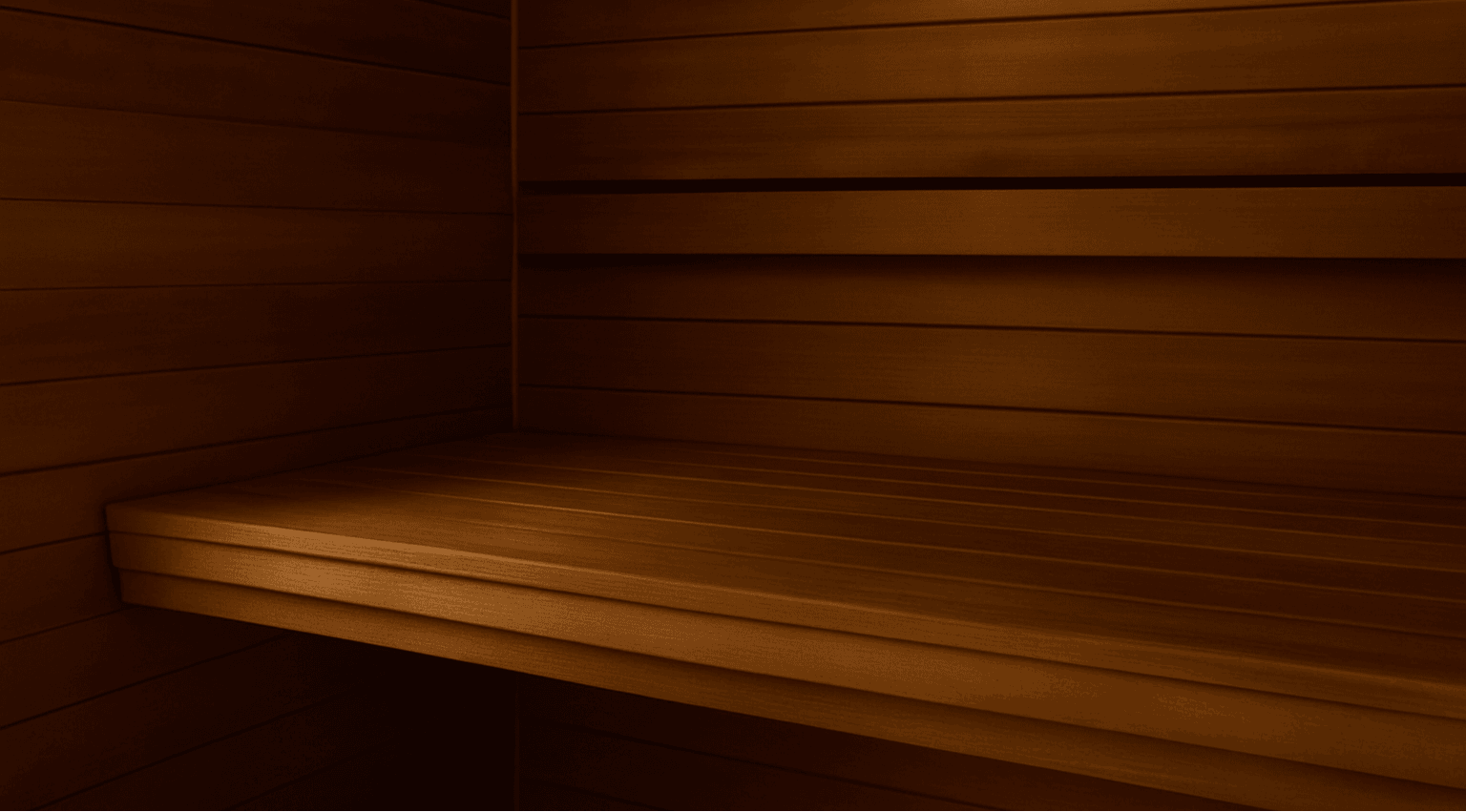
Leave a comment
This site is protected by hCaptcha and the hCaptcha Privacy Policy and Terms of Service apply.